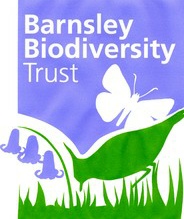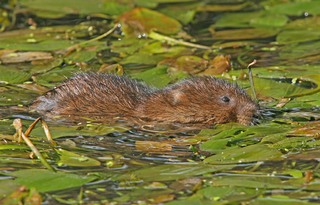



Marking Progress
- Number of sites supporting colonies of Water Vole
- Size of colonies of Water Voles
- Sites under conservation management for Water Vole
Roles:
Land and waterbody owners and managers: follow best practice in managing rivers and streams, their banks, and open water and wetlands to support water vole.
Wildlife conservation bodies: give advice and provide practical support for habitat management fr water vole.
Barnsley Council as planning authority:
- takes into consideration records of Water Vole presence in the planning process and ensures Water Voles are protected
- sets conditions in relevant planning applications to ensure that relevant habitats are maintained and enhanced
Natural England:has Standing Advice on the protection of Water Vole and issues appropriate licences
Voluntary groups and volunteers:
- help with surveys and provide records of sightings and signs of Water Vole
- help with information about the condition of sites that support Water Vole
- help with measures to support Water Vole, eg: habitat management.
What is being done?
- Surveys for Water Vole distribution
- Dearne, Parkhill, moorland fringe
- River Dearne 2006
- Riparian Mammal Project NIA YWT 2012-15
- Habitat improvements for Water Vole
- Parkhill nature reserve. BMBC, BBT
- Sandybridge Dike. YW, EA, YWT…
Proposed actions
- Publicity on status and measures to conserve Water Vole
- Provide advice on measures to increase the numbers and distribution of Water Vole
- Analysis of existing and historic records:
- Further surveys of known sites and of areas where previously recorded
- Advice on Mink control in targeted areas.
- Further habitat improvement for Water Vole including Bulling Dike
Water Vole: Action Plan
What we want to achieve - Key objectives
- Raise awareness of the need to maintain and extend Water Vole populations and encourage participation in their conservation
- Carry out surveys*, record signs and sightings of Water Vole, and submit records to the Barnsley Biological Record Centre
- Determine Water Vole populations and distribution across Barnsley
- Review the extent and condition of riparian habitat for Water Vole.
- Restore, improve and maintain suitable habitats for Water Vole and take steps to keep them safe, including from Mink predation
- Create links and corridors between appropriate sites with a view to reducing the distance between existing populations.
- Designate sites with colonies of Water Vole as Local Wildlife Sites
* at established sites and potential new sites

